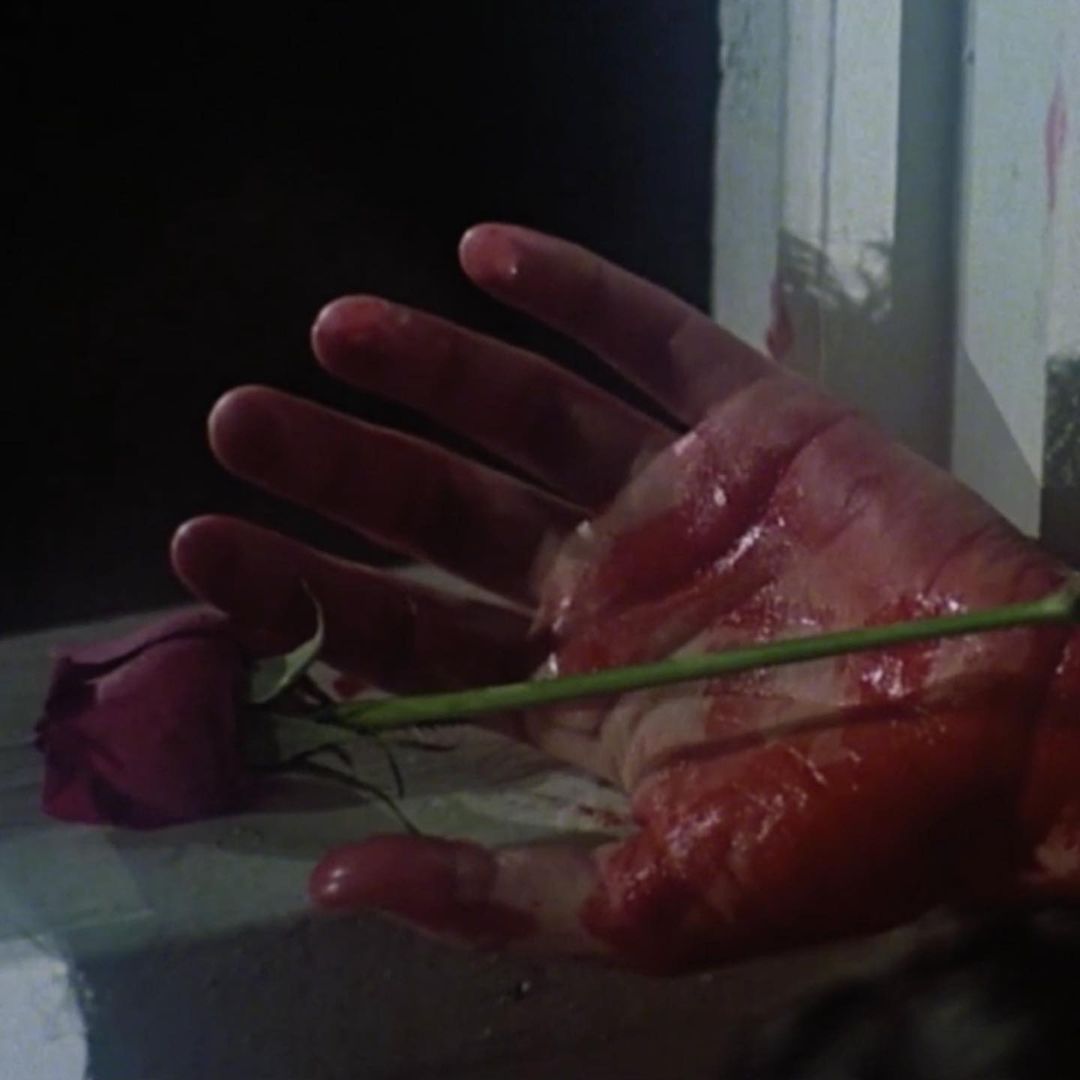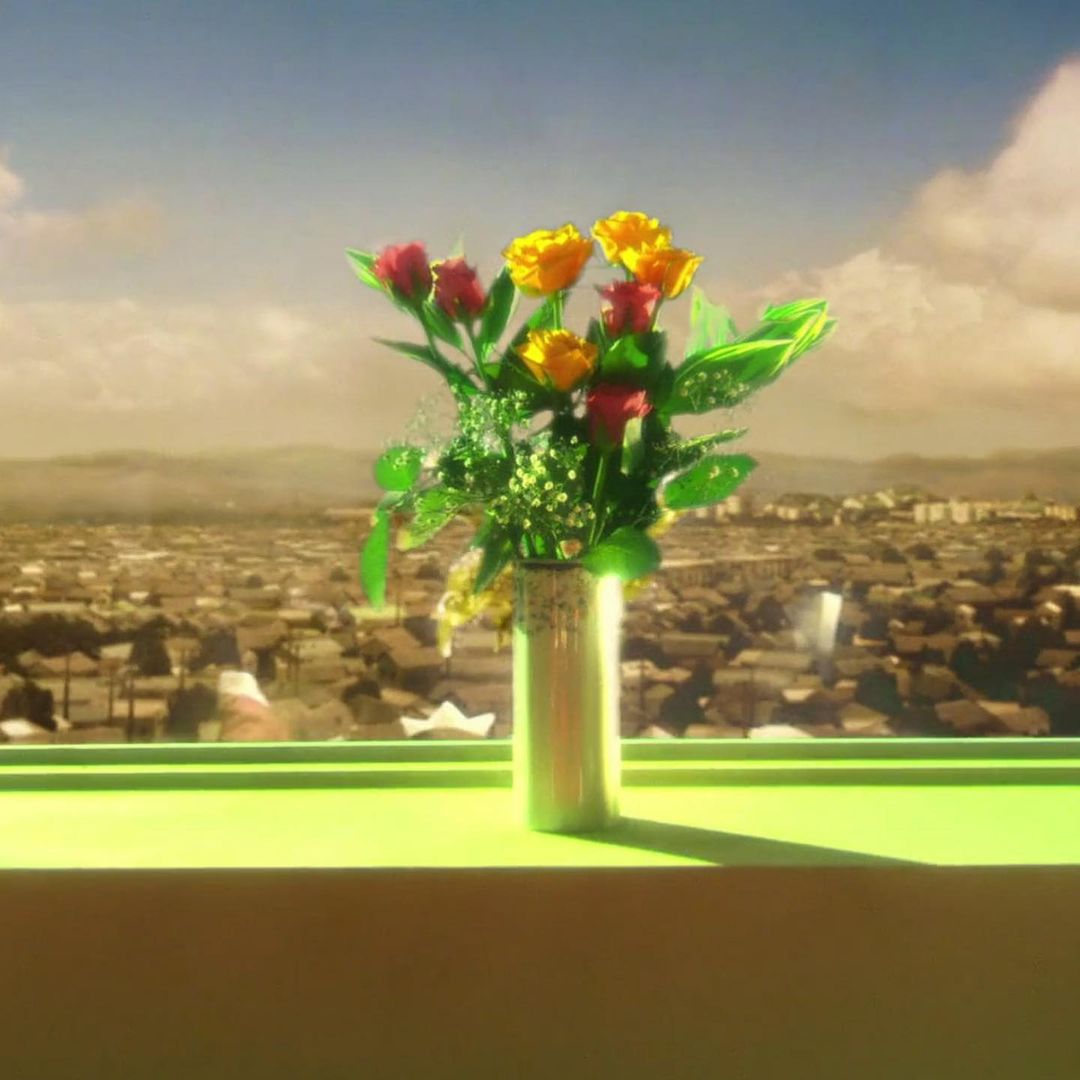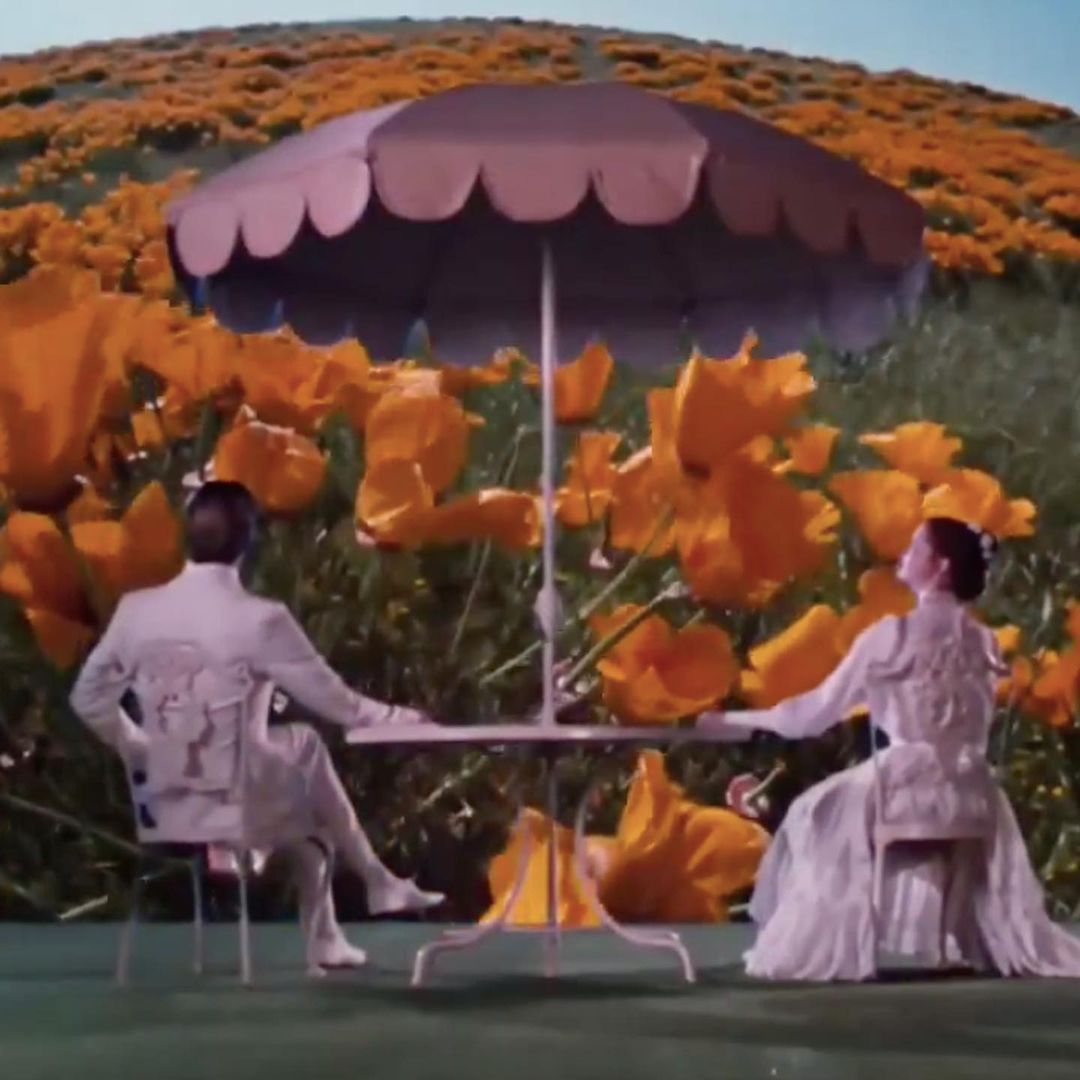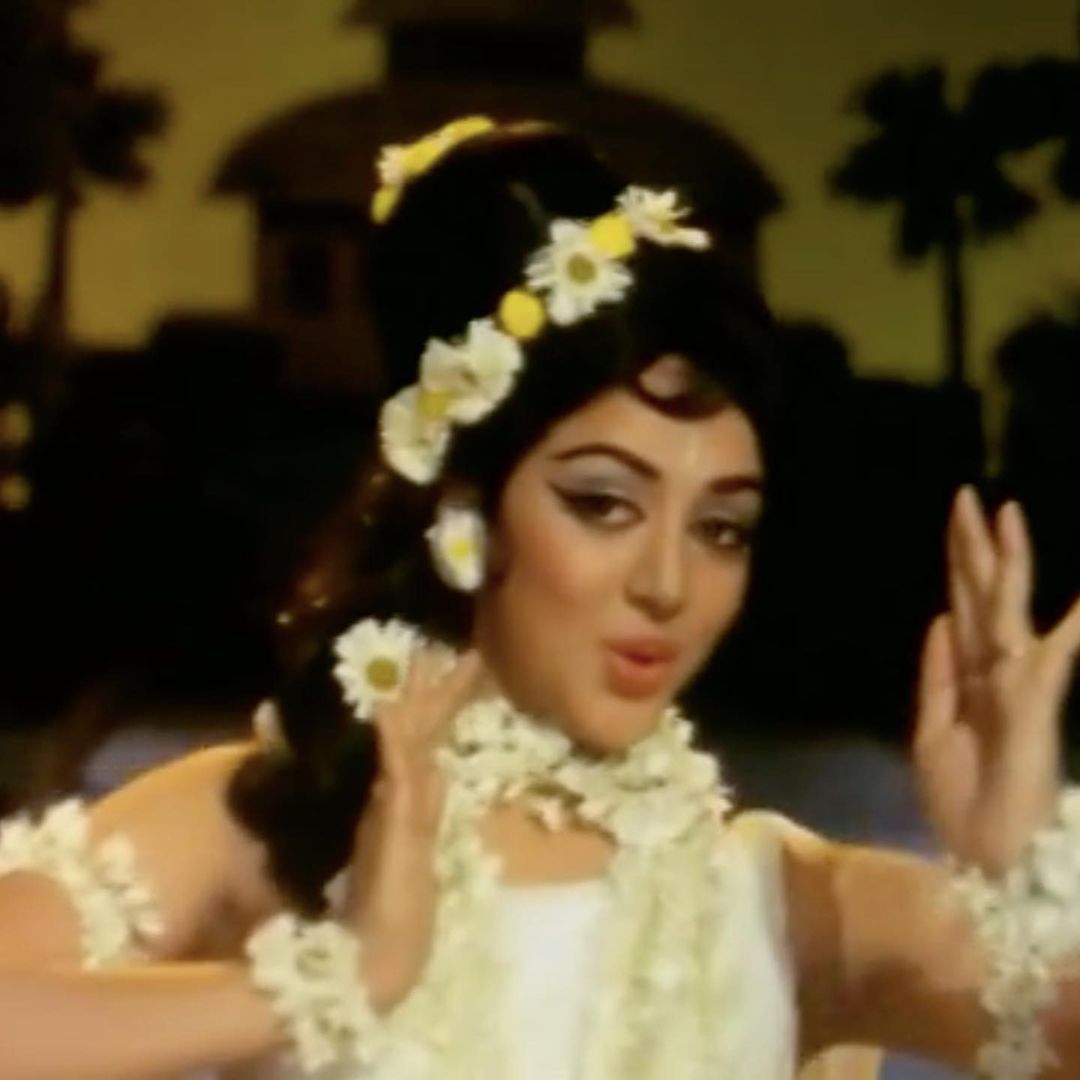Flowers In Cinema
By Something CuratedWhile the acting prowess of a film’s cast and the storytelling abilities of its director are often the standout points of discussion when reflecting on a good movie, costumes, set design and soundtracks have a seminal part to play in the success of a film. Props and built environments, not least comprising plant life and flowers, have an inherently evocative, and often transportive, quality about them. Imbued with longstanding connotations, plants and flowers can be used as powerful vehicles of association. Though we may not immediately appreciate it, there are films that owe much of their success to the narrative influence of flowers, without which the sense of the whole plot would not be the same. From the poppy fields of The Wizard of Oz to Mena Suvari reclined on a bed of red roses in American Beauty, flowers have played a critical role in some of cinema’s most memorable moments.

Meaning has been attributed to flowers for thousands of years. The earliest documented flower arranging dates back to ancient Egypt. Egyptians were decorating with flowers as early as 2,500 BCE and regularly placed cut flowers in vases; highly stylised arrangements were used during burials, for processions, and simply as table ornaments. In the Victorian era, floriography, also known as the language of flowers, became of heightened interest in the West. People enjoyed studying flower symbolism, learning about the origins of flower names, mythology and the distinctive characteristics of various species. Today, the symbolic association we place on flowers can be seen in the choice of bouquets we choose to give during different occasions. Flower meanings can also help authors, screenwriters and movie directors enhance the stories they endeavour to tell.

Instagram account @flowersincinema, curated by Iris Diane, deep dives into the cinematic archives to shine a light on some of the spectacular and unexpected instances of florals appearing on film. Oscillating between Hollywood staples, world cinema, music videos and more, Diane’s extensive collection of stills is a compelling resource and a joy to peruse. Among the feed’s highlights is a post dedicated to the Japanese musical film Memories of Matsuko, 2006, written and directed by Tetsuya Nakashima and based on a Japanese novel by Muneki Yamada. Featuring an abundance of plant life throughout, Nakashima’s films are rich in colour, with meticulous attention paid to costuming and sets. Shot beautifully, each movie still appears like a photographic artwork in its own right.

Keep scrolling to find images taken from Altered States, a 1980’s American science-fiction horror film directed by Ken Russell based on the novel of the same name by playwright and screenwriter Paddy Chayefsky. Prominently featuring poppies, long used as a symbol of sleep, peace, and death, both the novel and the film are based in part on John C. Lilly’s sensory deprivation research conducted in isolation tanks under the influence of psychoactive drugs like mescaline, ketamine, and LSD. Poppies have been associated with sleep because the opium extracted from them is a sedative, and death because of the common blood-red colour of the red poppy. In Greek and Roman myths, the blooms were used as offerings to the dead, and appeared as emblems on tombstones to symbolise eternal sleep.

Elsewhere on @flowersincinema, discover stills from the 1970’s Hindi film Abhinetri, produced and directed by Subodh Mukherjee. Actress Hema Malini, playing dancer Anjana, is seen adorned with white daisies in her hair and jasmine garlands around her arms and neck. In the southern parts of India, particularly, fragrant rows of jasmine have traditionally been used to adorn women’s hair. Stories and songs of the Hindu god Krishna are full of reference to jasmine flowers; a garland is made by Radha, Wife of Lord Krishna, from various varieties of jasmine flowers and tulsi leaves, also known as holy basil. Less traditional, the daisies are perhaps a cinematic touch, adding a further sense of sumptuous theatricality to Anjana’s consistently striking costuming.
Feature image: Memories of Matsuko, 2006. Directed by Tetsuya Nakashima. Courtesy @flowersincinema